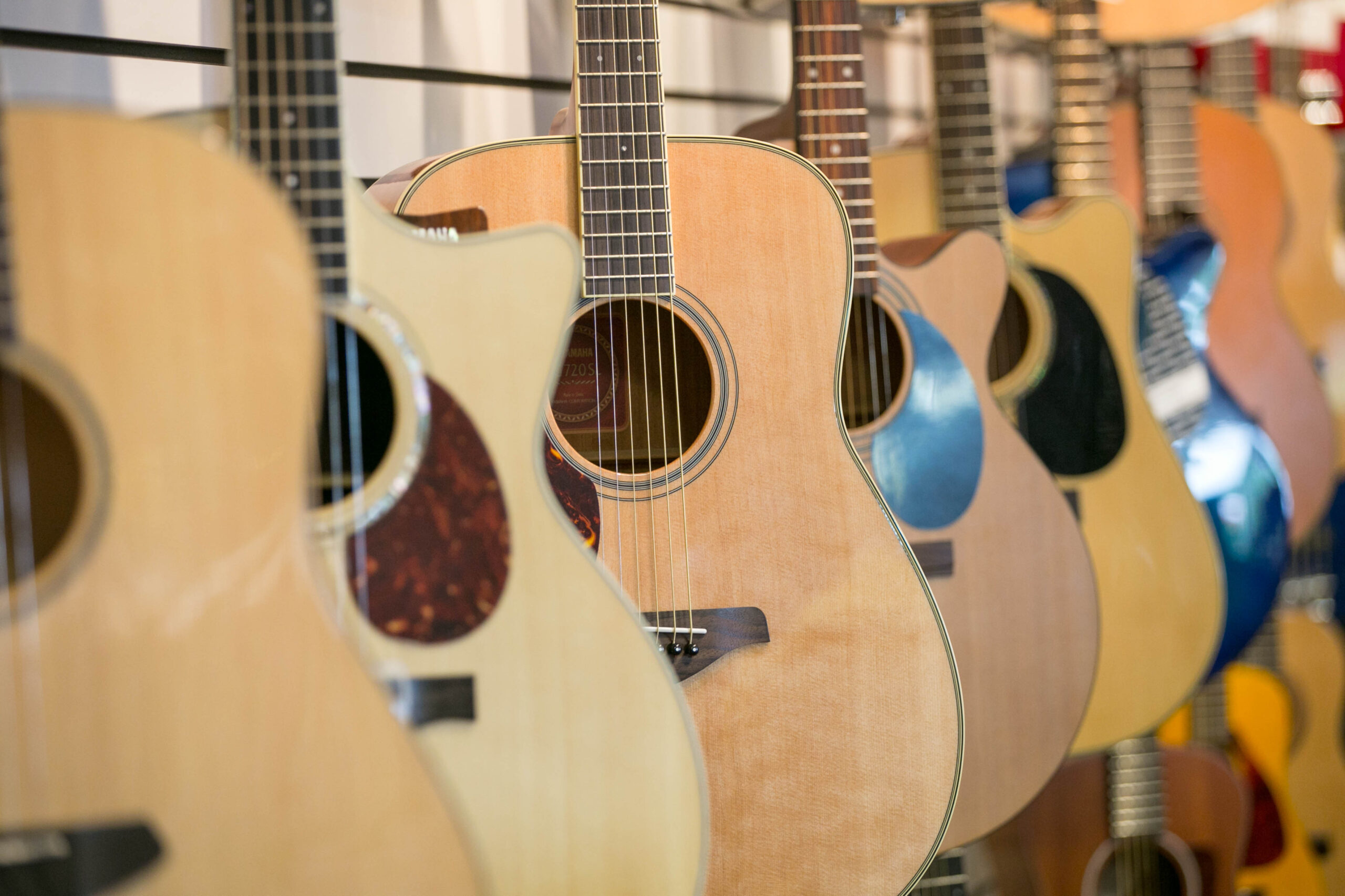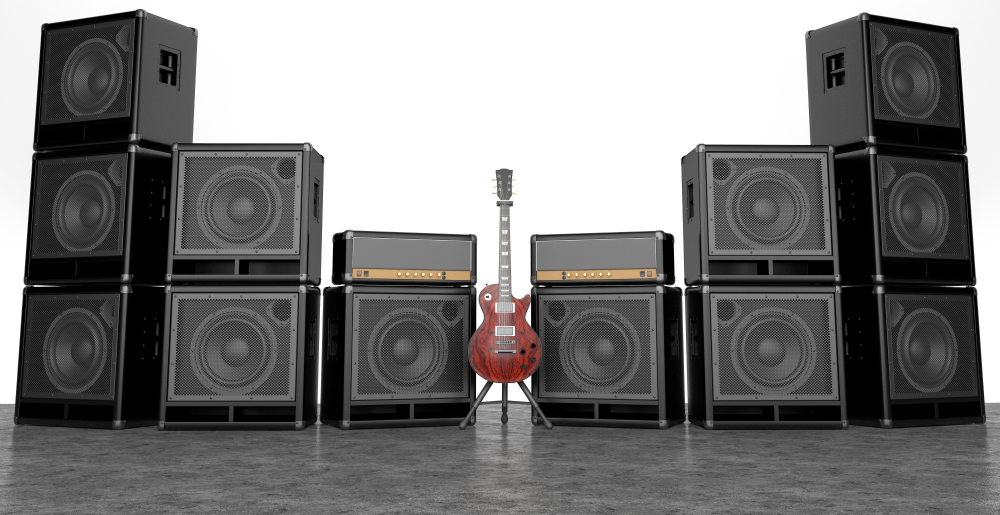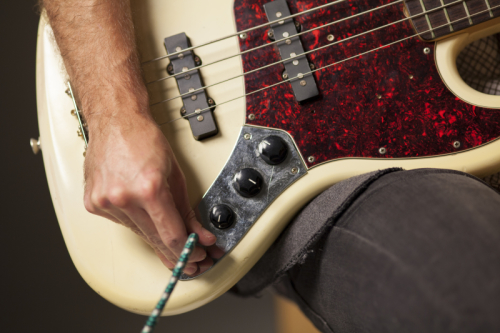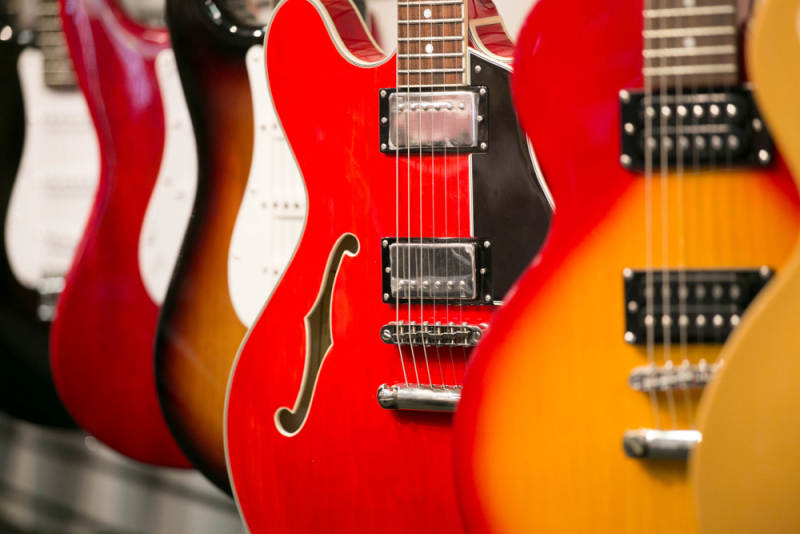April 09, 2015
Microphone Preamp Buying Guide
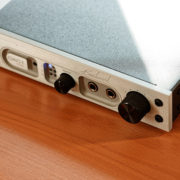

In case you’re not familiar, a preamp’s job is to take an audio signal and give that signal shape and definition before the signal is output through speakers, headphones, or other audio gear. Critical in creating quality sound, a preamp can add character, warmth, and dimension to music. It might sound like a pretty boring piece of gear, but as you experiment more and more with recording and performing live, you’ll come to realize how essential a microphone preamp really is.
Types of Preamps
Although all preamps pretty much do the same thing in the grand scheme, there are a few key distinctions between them. First, some preamps are designed to add color, while others are designed to deliver a transparent signal. If you’re hoping to improve or change the sound of your instrument, opt for the former. Those who are hoping to reproduce the original sound of their instrument as closely as possible should opt for the latter. In addition to preamps that add color and transparent preamps, there are a few other types of preamps we’ll cover in this article, including:
- Tube preamps
- Solid state preamps
- Hybrid preamps
- Digital preamps
- Instrument-specific preamps
If at any point in the research or buying process you have any questions, reach out to us online or head to your local Music & Arts store. We’ll be more than happy to answer any questions you may have along the way.
Tube Preamps
Tube preamps use thermionic tubes to create gains. Almost all tube preamps will color your sound quite significantly, and most will add a “warm” or “fat” layer to your sound. Tube preamps also provide color through the natural compression characteristics provided by their inherent tube-like design, and the human ear hears this natural compression as something that’s pleasing. That’s why so many engineers and producers pay top dollar for high quality tube compression in their final mix. Throughout the years it’s become a favorite “sound” of listeners, and it’s the glue that brings the mix together and creates a clean, polished, and professional sound.
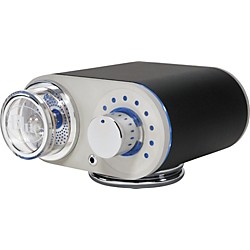

Solid State Preamps
When compared to tube preamps, solid state preamps are more efficient, and create more gain with less heat. Plus, transistors operate more consistently as gain increases, maintaining low levels of distortion up to their maximum levels. A great transparent preamp choice, solid state preamps are known for their unique musicality. With low distortion, cool running, excellent control in the deep bass, and highly reliability, the best solid state designs can be very musical and good designs can drive virtually any speaker made. Plus, they’re relatively fuss-free–you won’t have to mess around with replacement tubes the way you would with a tube preamp.
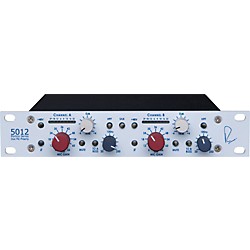

Hybrid Preamps
Ideal for those seeking the best of both worlds, hybrid preamps take the best parts of solid state preamps and the best parts of tube amps and combine them into one standalone product. Most hybrid preamps use the circuitry of solid state preamps for maximum clarity without distortion, and favor the output gains that drives a tube, resulting in a rich harmonic sound that tube saturation is known for. For most home recordists, hybrid preamps offer a lot of flexibility and can allow you to get the fairly clear sound of a solid-state preamp OR the warm sound associated with tube preamps. If you can only afford one preamp, this is probably the best choice, as it’s the most versatile in nature.
Digital Preamps
Digital preamps work in much the same way as traditional preamps, except the analog signal is converted to a digital signal before it is output to a DAW. Some digital preamps come with an output card that can be installed in the user’s computer, while others have these processing and conversion capabilities built into the preamp itself. Technically these preamps could be considered digital interfaces since they convert an analog signal to a digital one, but the units are primarily designed to function as a preamp, and are typically sold as digital preamps.
Instrument-Specific Preamps
Generally, preamps are sold as general, all-purpose preamps that use a microphone as the first component in capturing sound. With these types of preamps, the input signal from a microphone is taken and processed internally, regardless of the instrument that’s being played. However, there’s another category of preamps that are important: instrument-specific preamps. These are significantly different in nature than the types of preamps discussed above, and are manufactured for a variety of instruments, ranging from electric guitar to the bass Instrument-specific preamps take the unique qualities of your instrument into consideration, making them a great choice for those who are serious about taking the sound of their instrument up a notch (and who are OK purchasing different preamps for any other instruments they may play.)
Which Preamp is Right for Me?
If you’ve read through the above descriptions, you should have a basic understanding of how the different preamps work. Ultimately, which one you choose comes down to deciding what you want your preamp to do for you. Once you have thought that through, setting a budget and finding a preamp that falls within that budget is key. If you’re looking to add warmth or color, consider a tube preamp. If you already own an instrument with a rich sound, and would prefer not to alter it too much, solid-state preamps are the better choice for you.
Buy Preamps at Music & Arts
At Music & Arts, we’re dedicated to bringing you one of the largest offerings of marching band and orchestral instruments, products, and accessories in the world. As a one-stop shop for students, parents, and educators, you’ll find microphone and instrument-specific preamps from some of the top manufacturers, including Focusrite and Behringer. Remember, when selecting a preamp you should take the type of preamp and your budget into consideration. If your child is a student, a great place to start is by speaking with their music teacher or band instructor for more information.
Photo via michael, CC




